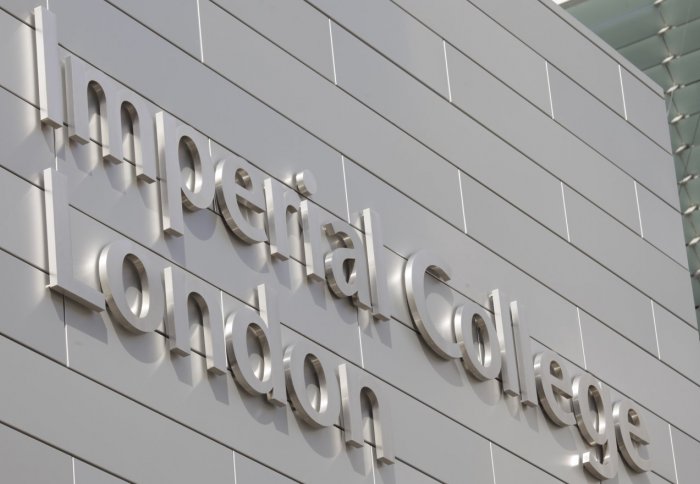Which Imperial research papers topped the charts in 2017?
by Colin Smith

Harvesting energy from our movements and a method for determining the composition of cement were two of the most widely downloaded papers in 2017.
Spiral - Imperial College London’s open access repository - allows academics to make journal articles and other research outputs open access, meeting the requirements of the post-2014 Research Excellence Framework (REF).
Here are the five most downloaded papers from Imperial’s Spiral repository this year.
1. Harvesting energy from our movements
"Energy harvesting from human and machine motion for wireless electronic devices”, published on Spiral on 9 September, 2008, in the Proceedings of the IEEE journal – 5589 downloads on Spiral
Energy harvesting generators are attractive as inexhaustible replacements for batteries in low-power wireless electronic devices and have received increasing research interest in recent years. This paper reviews the principles and state-of-the-art in motion-driven miniature energy harvesters and discusses trends, suitable applications, and possible future developments.
Authors: Professor Paul Mitcheson, Professor Eric Yeatman, G. Kondala Rao, Professor Andrew Holmes and Professor Tim Green - all from the Department of Electrical and Electronic Engineering.
2. Cementing the facts
In this paper, the researchers propose a new method to estimate the initial cement content, water content and free water/cement ratio of materials made with Portland cement. The significance of this study is that it gives engineers a more accurate way of determining the ingredient ratios in cement, which could improve quality assurance in the industry, and if things go wrong, provide a way of determining if supplies of cement were inadequately mixed, which can cost the construction industry millions of pounds to rectify problems.
Authors: Dr Hong Wong and Professor Nick Buenfeld, both from Imperial’s Department of Civil and Environmental Engineering.
3. Glass ceramics
“Glass-ceramics: Their production from wastes-a review” published on Spiral on 1 February, 2006, in the Journal of Materials Science – 5129 downloads
In this review paper, the authors explore the research and development work carried out worldwide in the last 40 years on glass ceramics and the attempts undertaken to transform this waste into useful products such as construction and architectural materials.
Authors: Visiting Professor Aldo Boccaccini, Imperial’s Department of Materials, and the University of Erlangen-Nuremberg; Visiting Professor Rees Rawlings, Department of Materials, and JP Wu, Department of Materials.
4. Plastic fantastic
“Thermoresponsive polymers for biomedical applications” published on Spiral on 1 September, 2011, in the journal Polymers – 2887 downloads
Thermoresponsive polymers are a class of “smart” materials that have the ability to respond to a change in temperature; a property that makes them useful materials in a wide range of applications and consequently attracts much scientific interest. This review focuses mainly on the studies published over the last ten years on the synthesis and use of thermoresponsive polymers for biomedical applications including drug delivery, tissue engineering and gene delivery.
Authors: Dr Theoni K Georgiou, Department of Materials, and Mark A Ward, University of Hull
5. Glass drug delivery
There is great therapeutic potential for bioactive glass nanoparticles as they can be absorbed by cells to deliver targeted treatments. The St??????ber process is commonly used for synthesising spherical silica particles. This study represented the first comprehensive study that can be used to produce silica particles of specific sizes, which contain therapeutic ingredients such as calcium ions.
Authors: Sarah L. Greasley 1, Samuel J. Page 2, Slobodan Sirovica 3, Shu Chen 1, Richard A. Martin 3, Antonio Riveiro1,4, John V. Hanna 2, Alexandra E. Porter 1, Julian R. Jones 1
[1] Imperial College London, [2] the University of Warwick, [3] the University of Aston, [4] U
Article text (excluding photos or graphics) © Imperial College London.
Photos and graphics subject to third party copyright used with permission or © Imperial College London.
Reporter
Colin Smith
Communications and Public Affairs